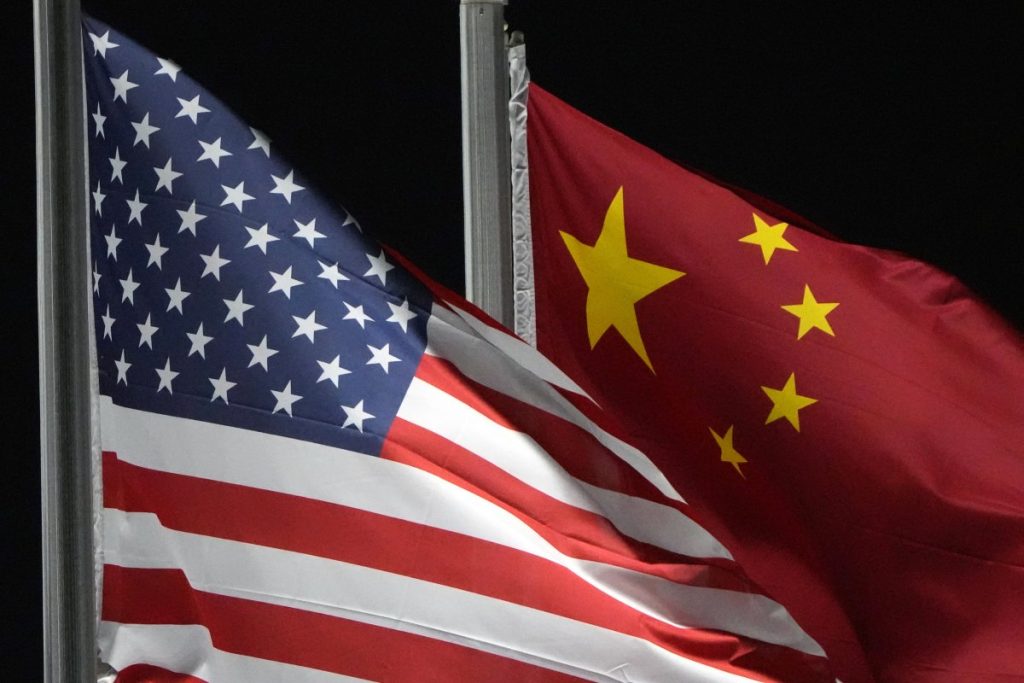China’s population, estimated at 1. 41 billion, will fall to 330 million by the end of the century, predicts Yi Fuxian of the University of Wisconsin-Madison. This unexpected conclusion is included in an article to be published in the Winter 2024 issue of Contemporary China Review. He is the only one worried. “China has embarked on a demographic trajectory of no return,” writes Wang Feng of the University of California, Irvine. Yi puts it this way: “If left unchecked, China’s demographic trap could simply precipitate the collapse of civilization. »
Why do we care? Rapid demographic change could push ambitious China to become more militant and push dangerous projects forward.
The crisis is obvious. The staggering figure of 330 million Yi means that China will be able to stabilize its overall fertility rate – sometimes the average number of children born to a woman over her lifetime – at 0. 8. China’s TFR in 2023 was 1. 0. and decreases over time. A country sometimes wants a TFR of 2. 1 for a solid population.
Yi estimates that China’s TFR could even fall to 0. 7, and that China could have even fewer people until 2100.
To what extent will China’s population decrease? The 2024 revision of the UN World Population Prospects shows a low estimate of 403. 8 million more people until the end of the century. The UN figures are largely in line with those of China, which has overstated the length of its population for two decades. Yi’s prediction, although excessive today, will probably be closer to the truth when the clock strikes 9:00 p. m.
China is now four times more populous than the United States. At the turn of the century, one might believe that it had about the same population as the United States.
China is in a complicated situation. No other society has ever faced such a large population decline without war, disease or famine. These unique events throughout history have caused disastrous demographic declines, but societies have almost recovered. China itself temporarily recovered from the Great Leap Forward famine of the late 1950s and early 1990s. Then the country’s population fell to at least 30 million people. Some estimates are double that figure.
Today, China’s population decline is caused by deep-seated changes in society, continued economic failure, and a deepening gloom enveloping the country. Young Chinese now speak of themselves as China’s “last generation.”
These anti-natal attitudes are partly a result of the regime’s incessant indoctrination in favor of the one-child policy. Deng Xiaoping, Mao Zedong’s successor, instituted this policy in 1979 as one of his first projects after coming to power. During the lifestyles of this After the coercive program, “probably the greatest social disaster in human history,” fertility in China decreased from 2. 9 births per woman to 1. 1. Births in 2015.
China moved to a two-child policy in 2016 and, when that didn’t work, a three-child one in 2021. The successive policy relaxation has not done the trick. The country’s population peaked in 2021.
China could simply adopt a 27-child policy, but it would have no effect. “Despite the totalitarian concept that demographic trends are anything the government can ‘fine-tune,’ the truth is that birth rate trends tend to correspond largely to the desired circle of relatives through real parents,” Nicholas Eberstadt of the American Enterprise Institute told me. “It is imaginable to use bayonets and police force to reduce the birth rate against the will of a people; it is much more complicated to use state force to reduce the birth rate. “
In fact, as Wang Feng points out, “no country has ever managed to increase fertility through government policies. “
Wang thinks that a declining demography gives China incentives to adopt benign external policies. As he writes, “Economic and political challenges, which will amplify with demographic changes in the coming decades, should compel Chinese leaders to seek and maintain better relations with the United States and in Western Europe, with countries that have both markets for China’s export products and innovations and new technologies that China needs.”
Wang perfectly sums up how China’s leader should calculate the country’s interests. Xi Jinping, however, may see things differently. His primary form of diplomacy in recent years has been intimidation. He can intimidate if others believe his China will dominate or even rule the world; he cannot do that if others see his country shrinking quickly. Given Xi’s goals—he is pushing the imperial-era notion that China should rule tianxia or “All Under Heaven”—he knows he does not have much time.
Xi wants to know that ancient societies tend to be peaceful and that China is aging rapidly. If they want the other Chinese to fulfill their excellent visions of a planetary government, they actually understand that it is time to act now. We will have to know that there is a window of opportunity that is closing.
How did Xi ever get the idea he could impose his will on all humanity in the first place? “By teaming up to dress up an old, sick cat as a ferocious lion, Chinese and American scholars have fueled the political ambitions of China’s leaders and misdirected U.S.-China relations down the dangerous path of a furious battle between a dynamic tiger and an aggressive lion,” Yi Fuxian points out. “Strategic miscalculation based on incorrect demographic data is costly and dangerous.”
“More people means more power,” posted “Fang Feng” on the Strong Country Forum of People’s Daily when China’s population was growing. “This is the truth.”
The global deserve to be involved that China’s leader either believes in a different way and realizes he will have to act before it is too late.
Gordon G. Chang is the author of the Red Plan: China’s Project to Destroy America and China’s Coming Collapse. Follow it on X @GordonGChange.
The perspectives expressed in this article are those of the author.

